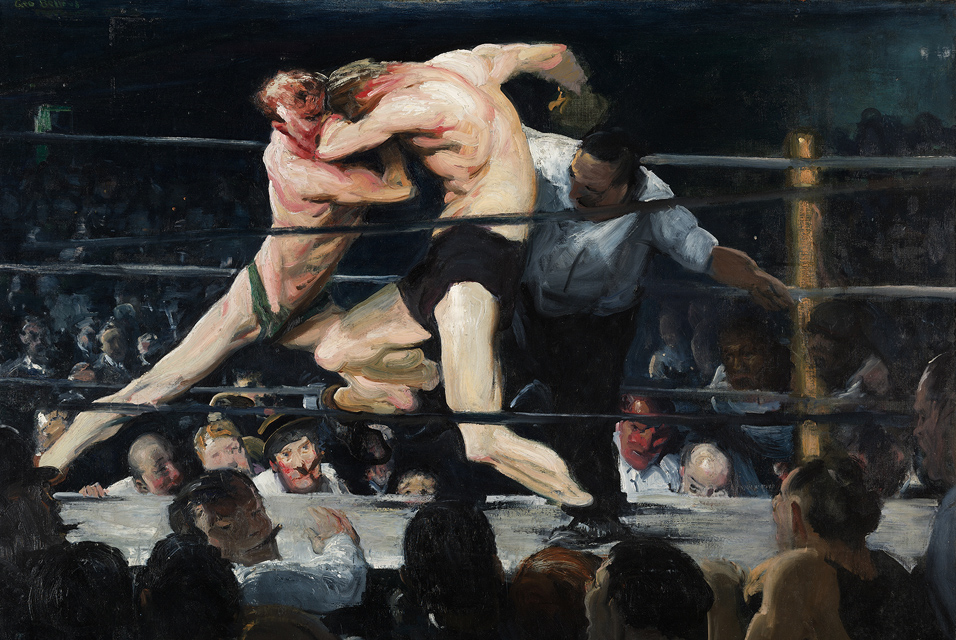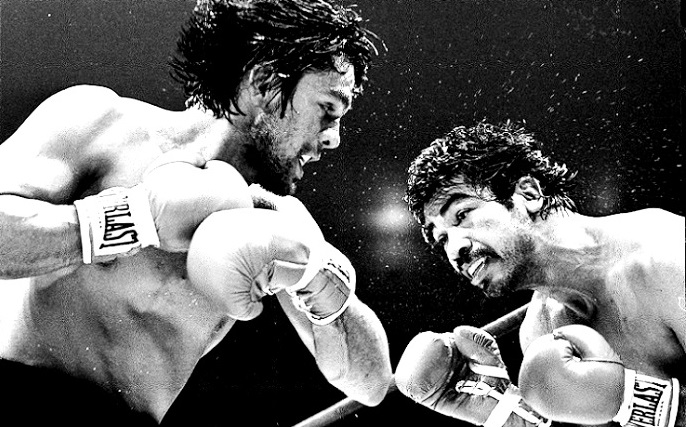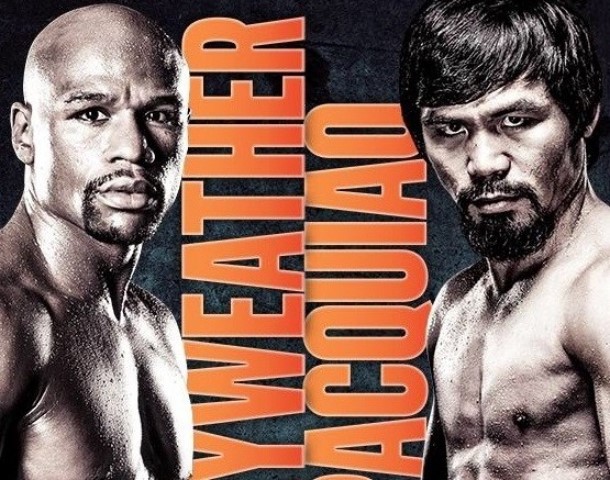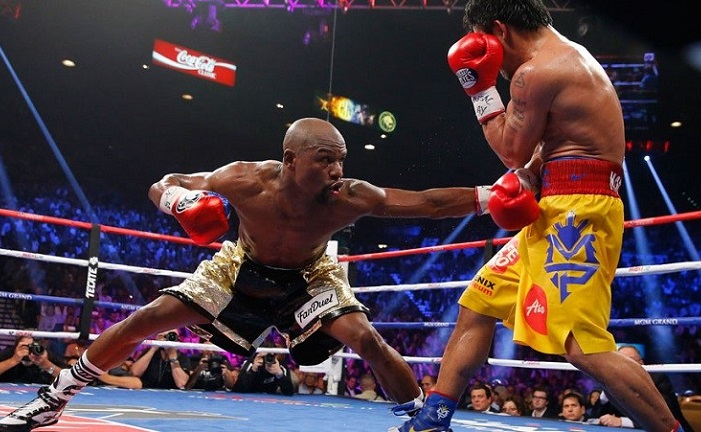Question and Answer With Lee Wylie
Suffering from uncertainty about your lead shoulder feint? Having trouble with your distance management or footwork? Are concerns about how best to counter a left hook keeping you up at night? Well, fear not: Lee Wylie is here to help. Just send in your questions on any tactical or strategic problems you may be having, and Lee will take care of the rest. Email your questions to thefightcity@gmail.com.

Dear Mr. Wylie:
I’m a strong, stocky (5’8″) light-heavyweight southpaw with my share of amateur experience and I’ll soon be making the transition to the pros. Think a guy with Mike Tyson’s build, but at light-heavy and, most importantly, a southpaw. Obviously, I fight guys that always have size and reach on me, which is generally not that much of a problem because of my speed, defense, and superior footwork.
However, when facing a particular ring style, there are times when coming in behind my southpaw jab just seems impossible. This “evil style” that causes me so much difficulty is an orthodox counter-puncher who runs. At times, the taller opponent comes right over the top of my jab and knocks it down or parries it, consequently knocking me off balance a bit. If this isn’t the case, stepping to the outside of their lead foot causes the opponent to step to his right, and move out of my range. A similar thing happens if I step to the inside of my opponent’s lead foot; he just circles out or steps to the outside.
Closing the gap the traditional way, behind my jab, just doesn’t work. I can’t move forward in a straight line, because I run into my opponent’s lead foot. I can’t step around to the outside, because they just step to the inside and vice-versa. I sometimes improvise by leading with my rear hand but this causes me to lunge and I’m exposed more than I should be. The other improvisation I’ve tried is switching to orthodox to close the gap. This way, with head movement and behind a jab, I can move straight in without having the opponent’s foot impede my progress.
For the life of me, I’ve been trying to find videos of southpaw boxers who have had to overcome similar obstacles. I find it difficult to locate shorter southpaws who have an aggressive style and have to bring the fight to a taller orthodox boxer who moves well and counter-punches. Any advice or insight into my difficulties would be greatly appreciated.
Sincerely,
Frustrated Lefty
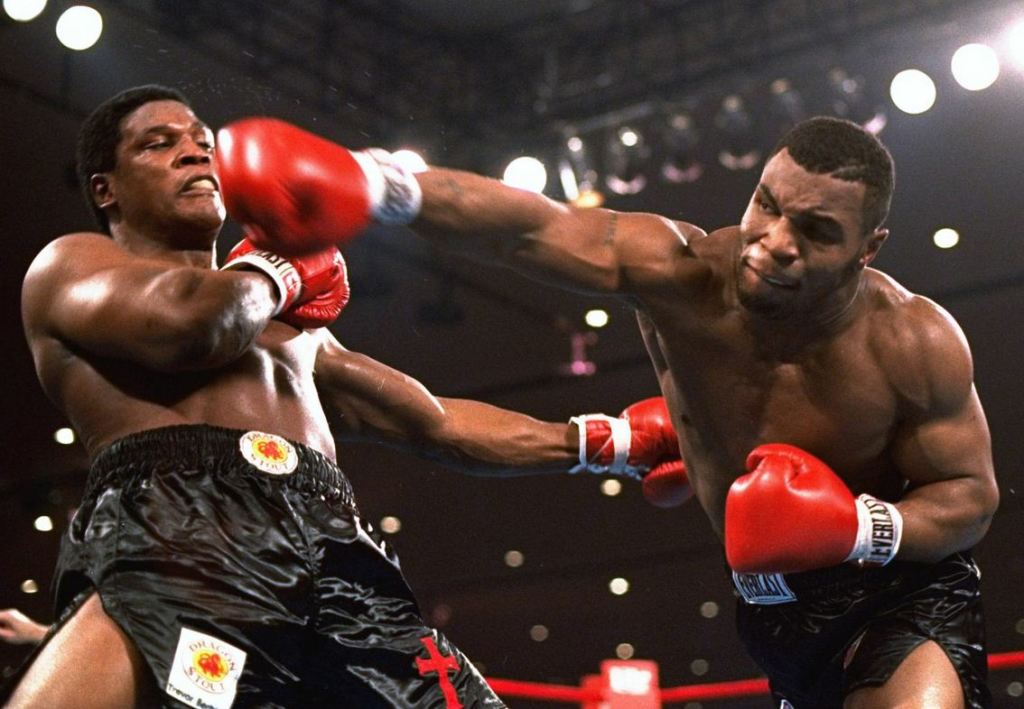
Dear Frustrated Lefty:
First of all, thank you for watching my videos and reading The Fight City.
From your description of the problem, it sounds like you need to be less obvious during your approach. If you’re looking to acquire dominant angles of attack, either to the outside or inside of your opponents’ guard, you need to be able to do so without them ascertaining your intentions.
If you look at some of the greatest boxing technicians of all time, men like Benny Leonard, Willie Pep, Harold Johnson, Archie Moore, Ezzard Charles, Roberto Duran, etc., the one thing they have in common (apart from such fundamentals as control of distance, precise timing and good balance) is the ability to sell feints. Feints aren’t just a useful tool for creating openings and noting the opponent’s reactions, they are also excellent for concealing intentions. Like a magician, your goal is to take the opponent’s eye away from what is really happening.
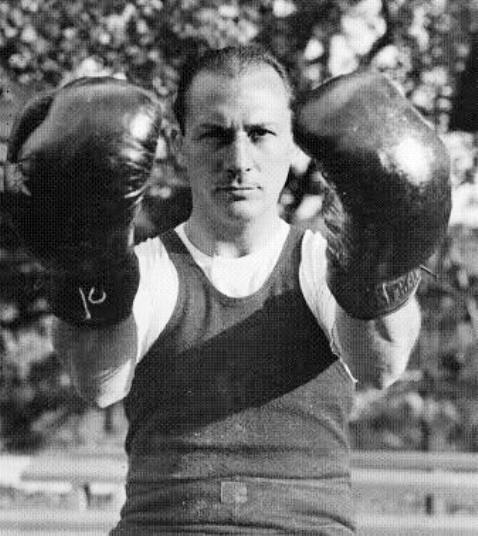
Forgetting about orthodox vs southpaw for a moment, every single boxing contest comes down to two things: seizing the initiative, and imposing your will. And you can’t achieve the latter without first accomplishing the former. Forcing the opponent to obey your commands (which is really what seizing the initiative pertains to) is a hell of a lot easier if your feints are convincing.
As far as footage goes, I suggest watching Julio Cesar Chavez vs Hector Camacho (orthodox vs southpaw, but the exact same mixed lead principles apply) for some insight. Chavez was superb at influencing his opponent’s movement with lateral footwork and hooks from either hand, but he was also masterful at pulling his opponents out of position by integrating his stalking footwork with feints. Chavez’s feints were sometimes subtle, little more than a quick step forward with the front foot or a jerk of the lead shoulder. But at his best Chavez would deceive his opponents by changing levels and shifting his weight from left to right as he closed the distance. Doing so made him more elusive and kept his opponents on tenterhooks for fear of punching thin air and exposing themselves to counters.
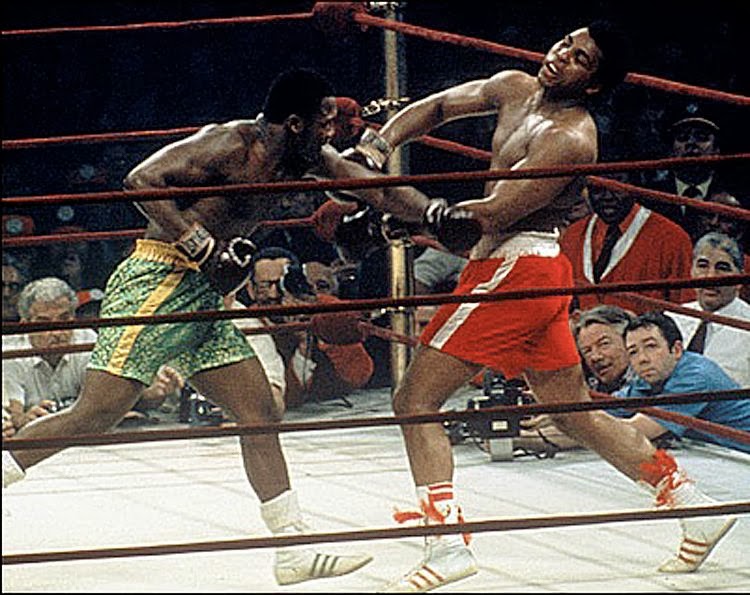
In addition, changing levels as you bridge the gap also forces the opposition to aim lower than usual to hit the target, which again makes them more susceptible to counters and punches up top. Essentially, this is how Jose Luis Castillo and Joe Frazier had tremendous success against Floyd Mayweather and Muhammad Ali respectively in their first meetings.
You mentioned how you have problems getting your jab home against orthodox counter-punchers? Always remember, your jab doesn’t necessarily have to land for it to be effective. Again, if you watch Chavez as he closes in on Camacho, rather than try and hammer his jab home with authority (far from easy due to the opponent’s opposing lead hand and foot alignment), he uses it merely to occupy Camacho’s lead hand and set up his right cross. Using the jab as a blinding tool or muffler is one of the reasons why southpaws like Guillermo Rigondeaux and Pacquiao are so effective.
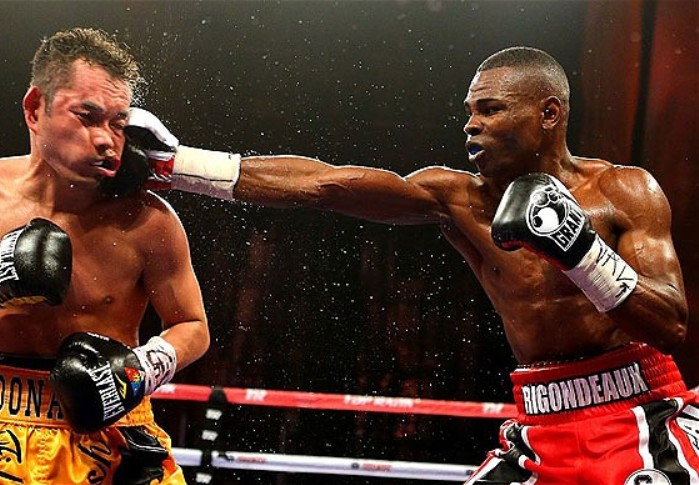
Speaking of which, Manny Pacquiao is one of the very best at neutralizing jabs. He does this by simultaneously slipping outside an orthodox opponent’s jab and “meeting” them with a straight left down the middle. This is also known as split-entry attacking. The mechanics of an outside slip (weight over the front leg) are very similar to those involved when throwing a rear straight. As an offensive weapon, a rear straight has unparalleled defensive properties naturally built into its dynamics and is a highly effective tactic during a mixed lead encounter. This is definitely something worth studying, so check out the early rounds of Pacquiao vs Miguel Cotto.
The fact you often “lunge” when throwing your rear hand tells me you’re either telegraphing it which causes your opponent to step back and make you fall short, or you’re misjudging the distance to begin with and throwing yourself off-balance as a result. Again, your lead hand and foot are your range-finders as you look to create and exploit openings. Probe your way into range. Measure and check the opponent’s jab with your lead as you seek to get inside or secure a dominant angle.
Most people tend to think that counter-punchers simply wait for their opponents to attack and react. In some cases, this is true. However, truly elite counter-punchers, like Nicolino Locche and Wilfred Benitez, are masters at provoking attacks, either by structuring themselves in a certain way or by using feints to bait predictable leads which can be easily anticipated and thus countered. More than anything, counter-punchers rely on being able to read and time their opponents’ attacks. Thus, along with variations of rhythm and tempo, feints are kryptonite for good timing.
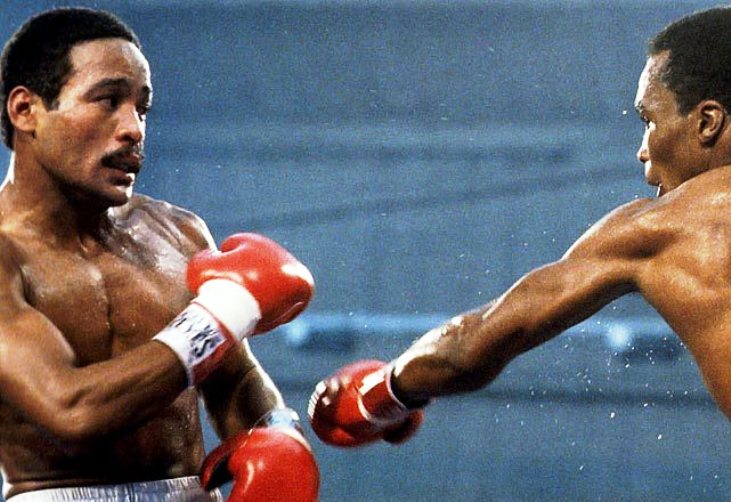
Here’s some more fights and fighters to take a look at in order to help you with your ailment:
Vicente Saldivar: a southpaw who regularly conceded height and length to his opponents.
Andre Ward vs Chad Dawson: This is a great fight to watch for set-ups. The rear straight to the body followed by a lead hook up top (coming from outside the opponent’s line of vision) is a proven combination during an orthodox vs southpaw encounter. During the fight, note how Ward uses a pawing lead to disguise his rear straight to the body, which in turn conceals his step outside and sets up his left hook. Like Chavez against Camacho, instead of trying to land his jab, Ward fences with it. Also note how Ward always looks to get his lead hand above Dawson’s, which provides him more avenues with his lead while restricting his opponent’s. Remember, lead hand dominance is absolutely crucial during an orthodox vs southpaw encounter.
Miguel Cotto vs Sergio Martinez: similar to the above and further evidence that there is no better weapon during a mixed lead encounter than a lead hook.
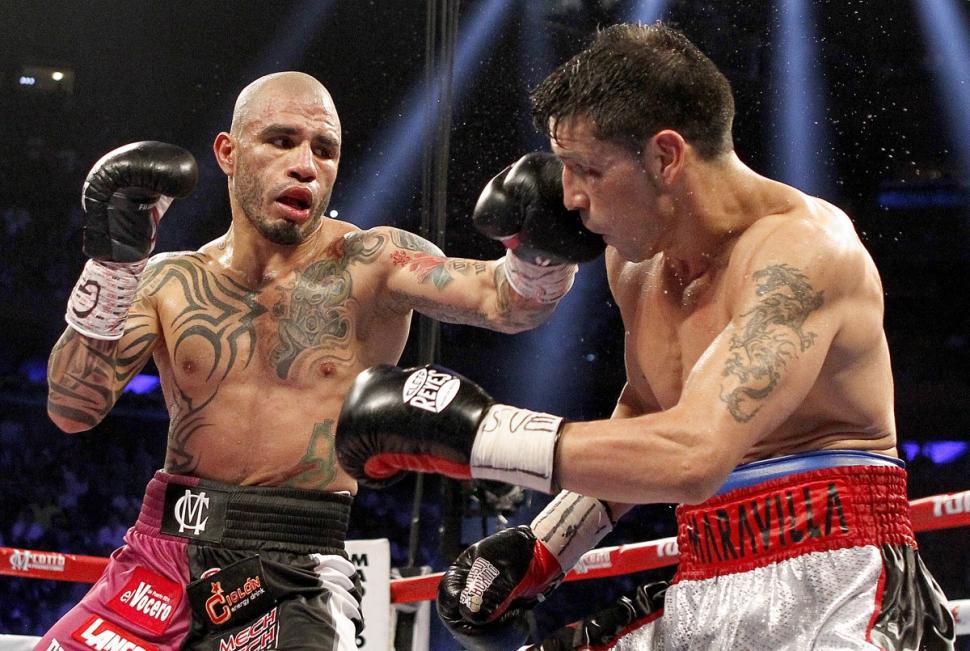
Adrien Broner vs Tony DeMarco: Broner seems to have gone off the rails a bit lately, but on this night he looked like he was on the verge of becoming something special. Again, like Ward against Dawson, Broner’s lead hand control was brilliant, and it helped set up his left hook, which in turn widened De Marco’s guard and created a clear path for a straight right down the middle. Broner’s in-fighting –using his forearms and elbows to make room for uppercuts and manipulate De Marco’s balance– was, at times, outstanding.
Roberto Duran vs Carlos Palomino: For me, there is simply no finer display of feinting on film. On this night, Duran was just about as good as it gets. Just an unbelievable performance by a master craftsman.
Floyd Mayweather vs Zab Judah: from about the 5th round on, Floyd applied more pressure in this fight than he ever has. Note also how Mayweather adopts more of a generic guard than usual here as the Philly/Michigan Shell doesn’t work quite as well against southpaws with quick hands. This fight is definitely worth checking out.
Benny Leonard vs Lew Tendler: Leonard managed to get his jab off by stepping inside Tendler’s lead foot. Risky business, but he got away with it because of his sophisticated use of feints and preemptive head movement upon completion of an attack.
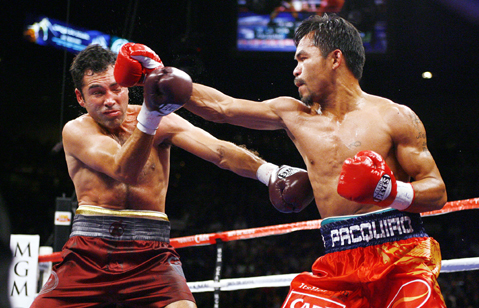
Manny Pacquiao: check out his matches with Oscar De Le Hoya, Miguel Cotto and Antonio Margarito. For a more aggressive approach, look at his first fight against Marco Antonio Barrera.
And finally, I urge you to refrain from switching between the orthodox and southpaw stances too often. To my knowledge, there have only been a handful of boxers, those being Marvelous Marvin Hagler, Naseem Hamed and Terence Crawford, who were equally effective in both stances.
Good luck!
Regards,
Lee Wylie.

